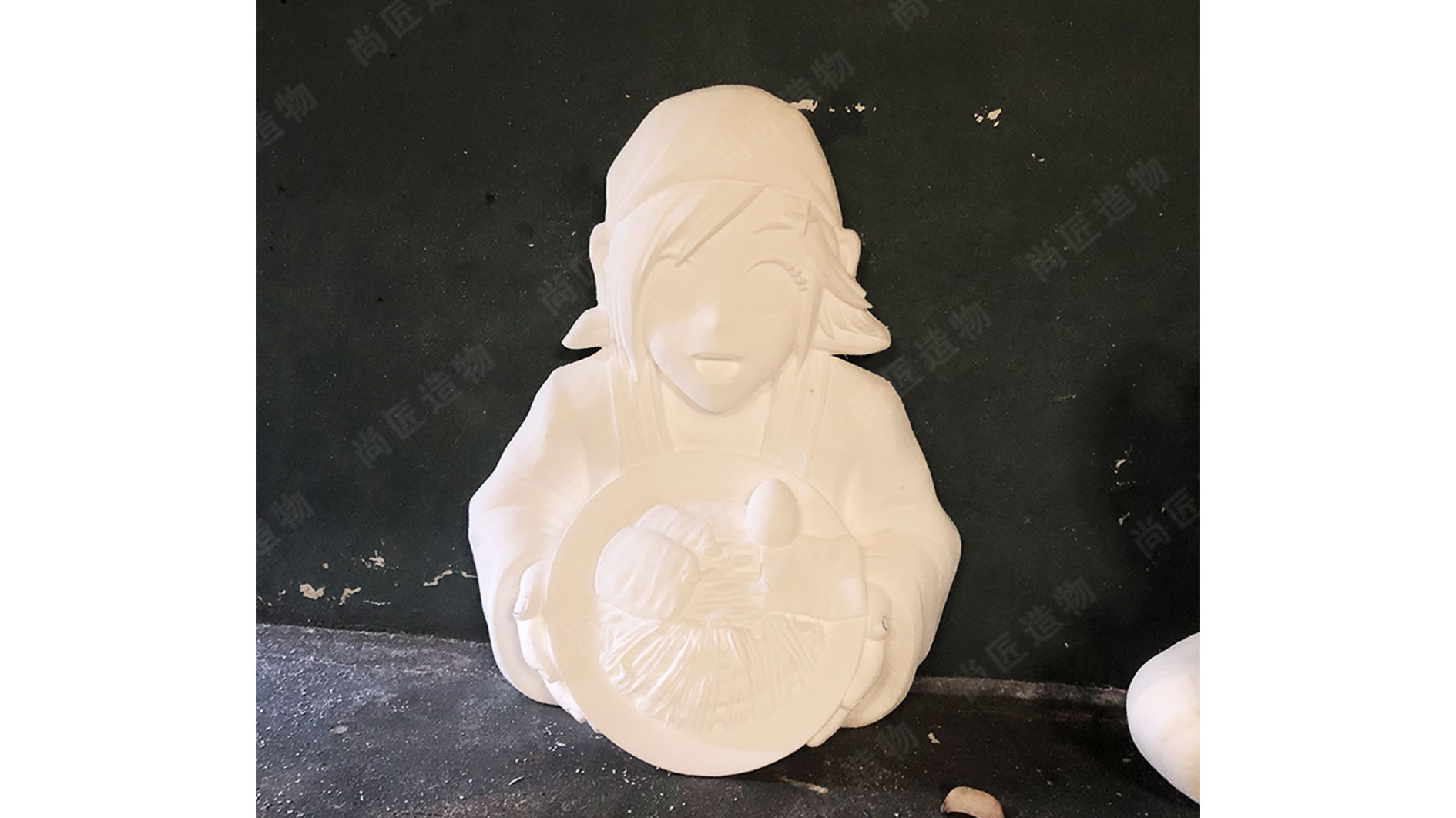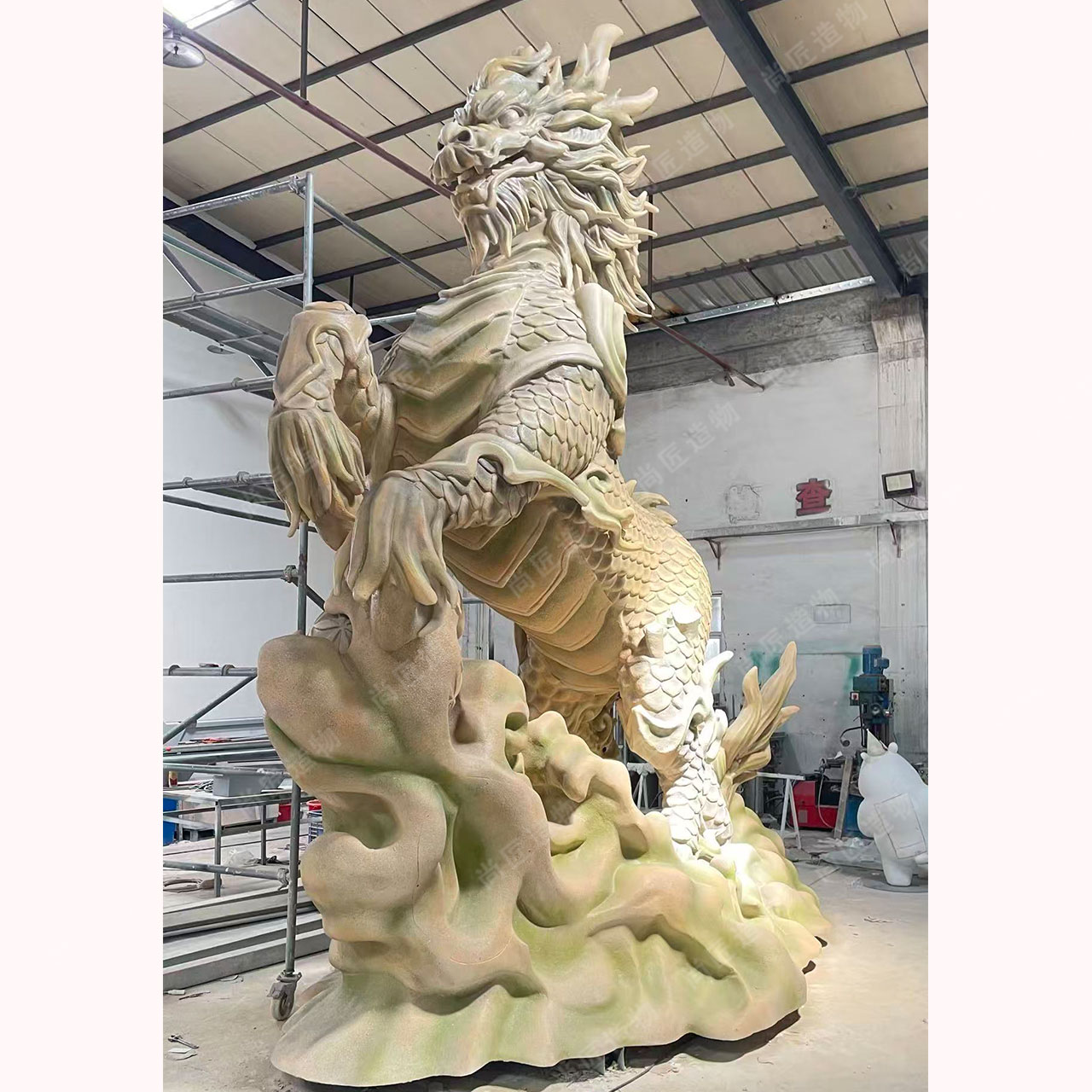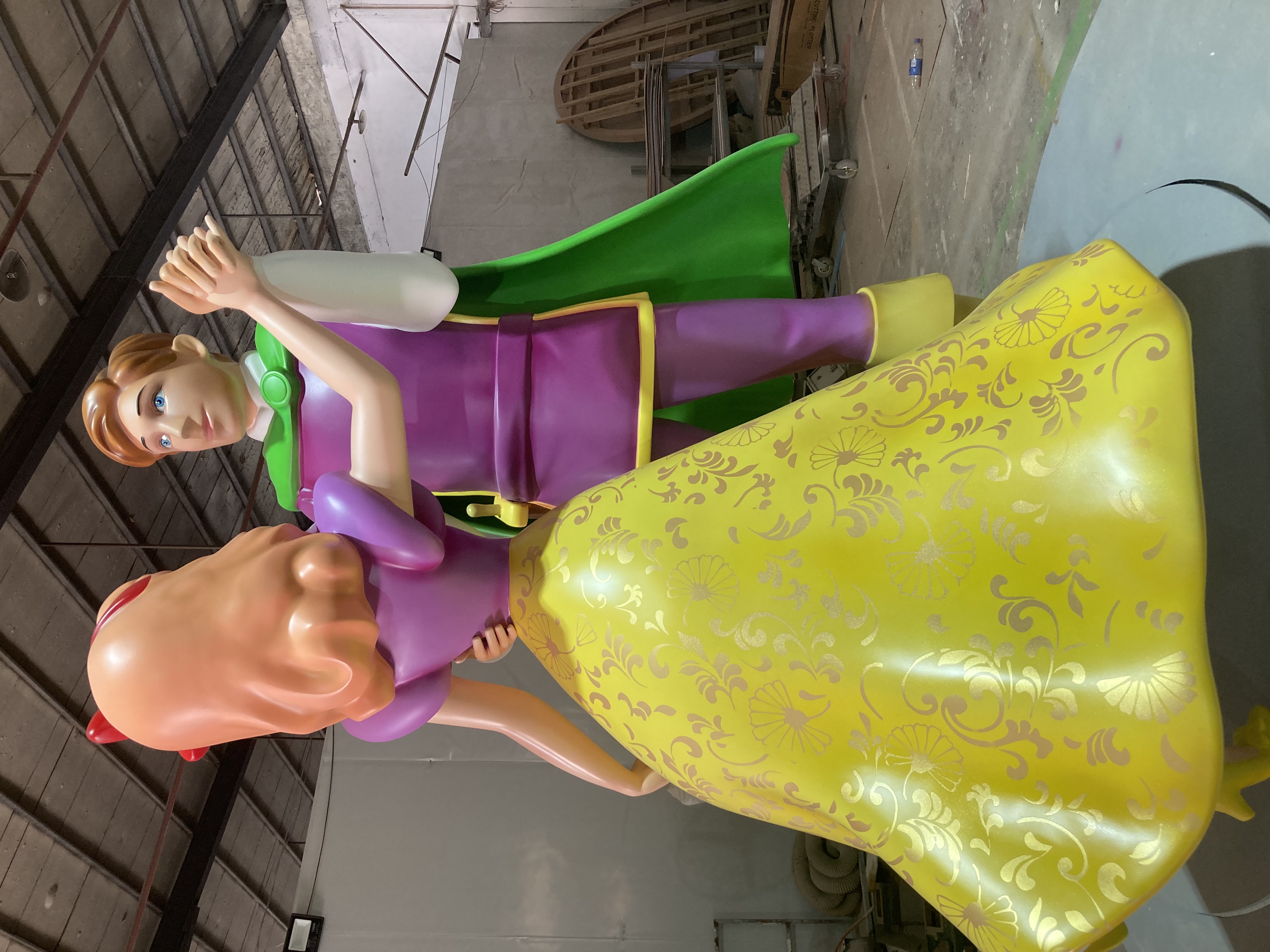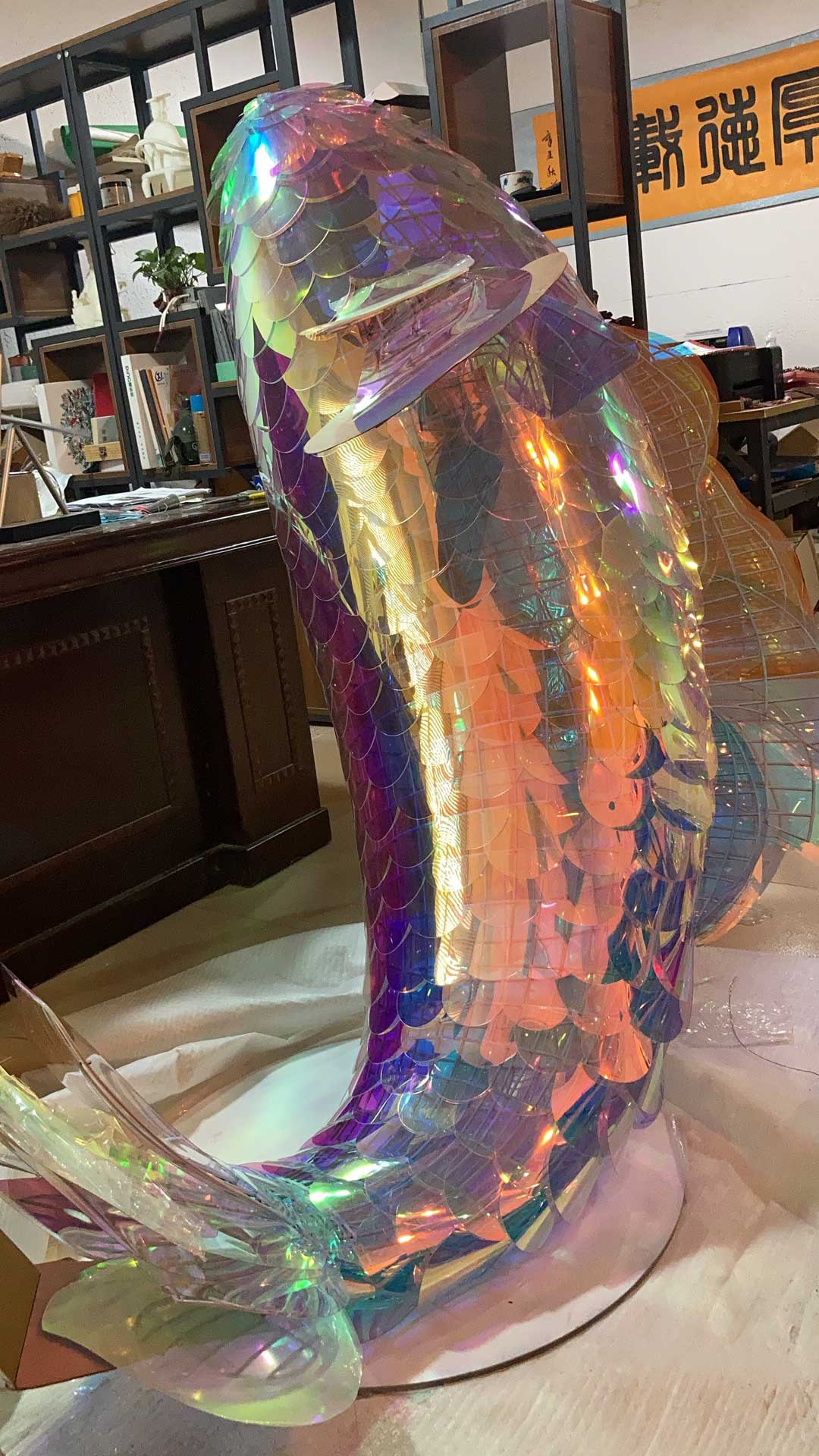Key Takeaways
Interactive kinetic sculptures mark a paradigm shift in how public spaces foster human connection. By merging mechanical engineering with responsive technologies, these installations transform static environments into dynamic stages for collective experience. The evolution from corporate-centric displays to accessible urban interventions reflects growing recognition of art’s role in democratizing creativity. For instance, Boston’s Diffusion Choir—a constellation of origami-like shapes reacting to environmental inputs—demonstrates how realistic sculpture principles can coexist with algorithmic motion.
This movement prioritizes scalability, enabling both monumental landmarks and neighborhood-scale works. Pneumatic systems, solar-powered actuators, and AI-driven responsiveness allow sculptures to adapt to crowd behavior or weather patterns, creating site-specific narratives. Crucially, the science underpinning these designs—from torque calculations to material durability—ensures functionality without compromising artistic intent. As cities seek to humanize infrastructure, kinetic art emerges as a bridge between technical innovation and visceral public engagement, inviting observers to become co-creators in ever-changing urban stories.
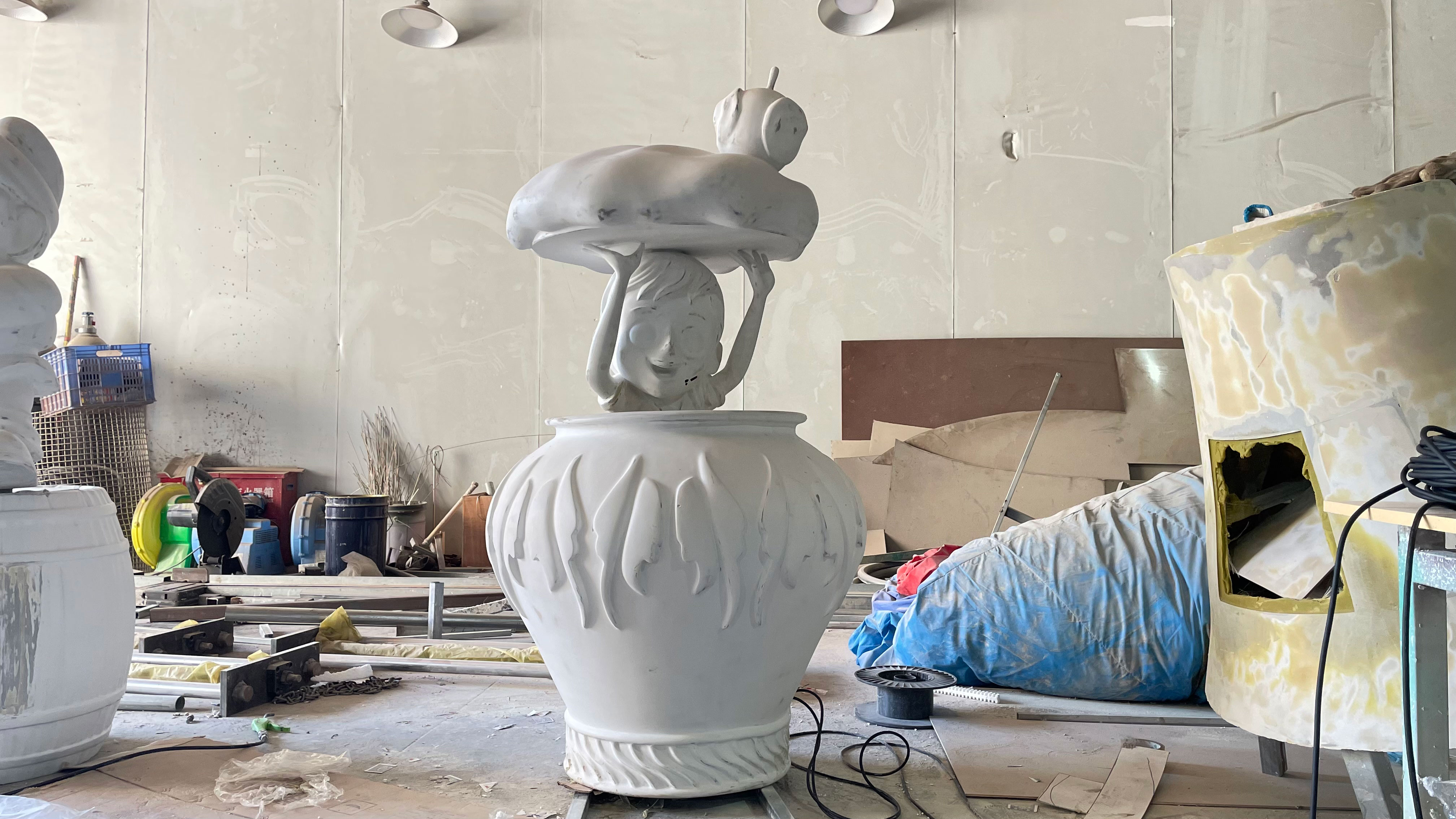
Reimagining Public Art Through Motion
Public art has long served as a static backdrop to urban life, but kinetic sculptures are rewriting this narrative by infusing motion into shared spaces. These installations harness mechanical systems, sensors, and lightweight materials like fiberglass sculpture to create responsive forms that shift with environmental inputs or viewer interaction. Unlike traditional monuments, kinetic works thrive on unpredictability—wind, touch, or even crowd density can alter their shape, encouraging spontaneous engagement.
Projects like Boston’s Diffusion Choir exemplify this shift, using synchronized movements to mimic organic patterns. By scaling down such concepts, artists now adapt kinetic principles for parks, plazas, and transit hubs, prioritizing durability and accessibility. The result is art that evolves alongside its audience, dissolving barriers between observer and creator. This approach not only revitalizes underused areas but also invites communities to co-author their environment’s visual rhythm. As the next section explores, integrating technology with communal input amplifies kinetic art’s potential to bridge technical innovation with grassroots connection.
Kinetic Sculptures Bridging Tech and Community
Public art is increasingly adopting kinetic elements to foster connections between technology and local communities. By integrating motion sensors, weather-responsive mechanisms, and participatory controls, these sculptures transform passive viewers into active contributors. For instance, Boston’s Diffusion Choir—a cluster of mechanically animated origami shapes—reacts to crowd movement, creating a dialogue between human behavior and mechanical response. Such installations rely on durable materials like stainless steel sculpture to withstand outdoor conditions while maintaining aesthetic integrity.
| Feature | Traditional Sculpture | Kinetic Sculpture |
|---|---|---|
| Interaction | Static observation | Dynamic, user-responsive |
| Materials | Bronze, stone | Lightweight alloys, polymers |
| Community Role | Decorative | Catalyzes shared experiences |
Local governments and artists are partnering to embed these works in parks, transit hubs, and neighborhoods. Unlike corporate installations, which often prioritize visual impact, public kinetic art emphasizes accessibility—using solar power for sustainability or designing touch-friendly interfaces for children. Workshops teaching basic robotics or sensor programming further deepen community ties, ensuring technology serves as a bridge rather than a barrier. This shift reflects a broader trend: redefining urban spaces as collaborative canvases where art and innovation intersect.
From Corporate Atriums to City Streets
Kinetic sculptures, once confined to corporate lobbies and private galleries, are increasingly reshaping public landscapes. While office atriums have long hosted mechanized art to impress visitors, cities now leverage interactive installations to foster communal experiences. Boston’s Diffusion Choir—a cluster of floating orbs responding to human movement—exemplifies this shift, proving that kinetic art can thrive beyond controlled environments. Modern adaptations prioritize durability and accessibility, using weather-resistant materials like powder-coated aluminum and integrating solar-powered mechanisms for energy efficiency.
This transition reflects a broader rethinking of urban design. Unlike static monuments, kinetic sculptures invite participation: children chase shadows cast by rotating panels, while commuters pause to interact with swaying Cartoon sculpture installations. Municipalities collaborate with artists to embed motion sensors and microcontrollers, enabling real-time responses to foot traffic or weather changes. Such innovations not only beautify spaces but also create dynamic landmarks that evolve with their surroundings. By moving art into the open, cities transform passive observation into active engagement, bridging the gap between institutional exclusivity and public ownership.
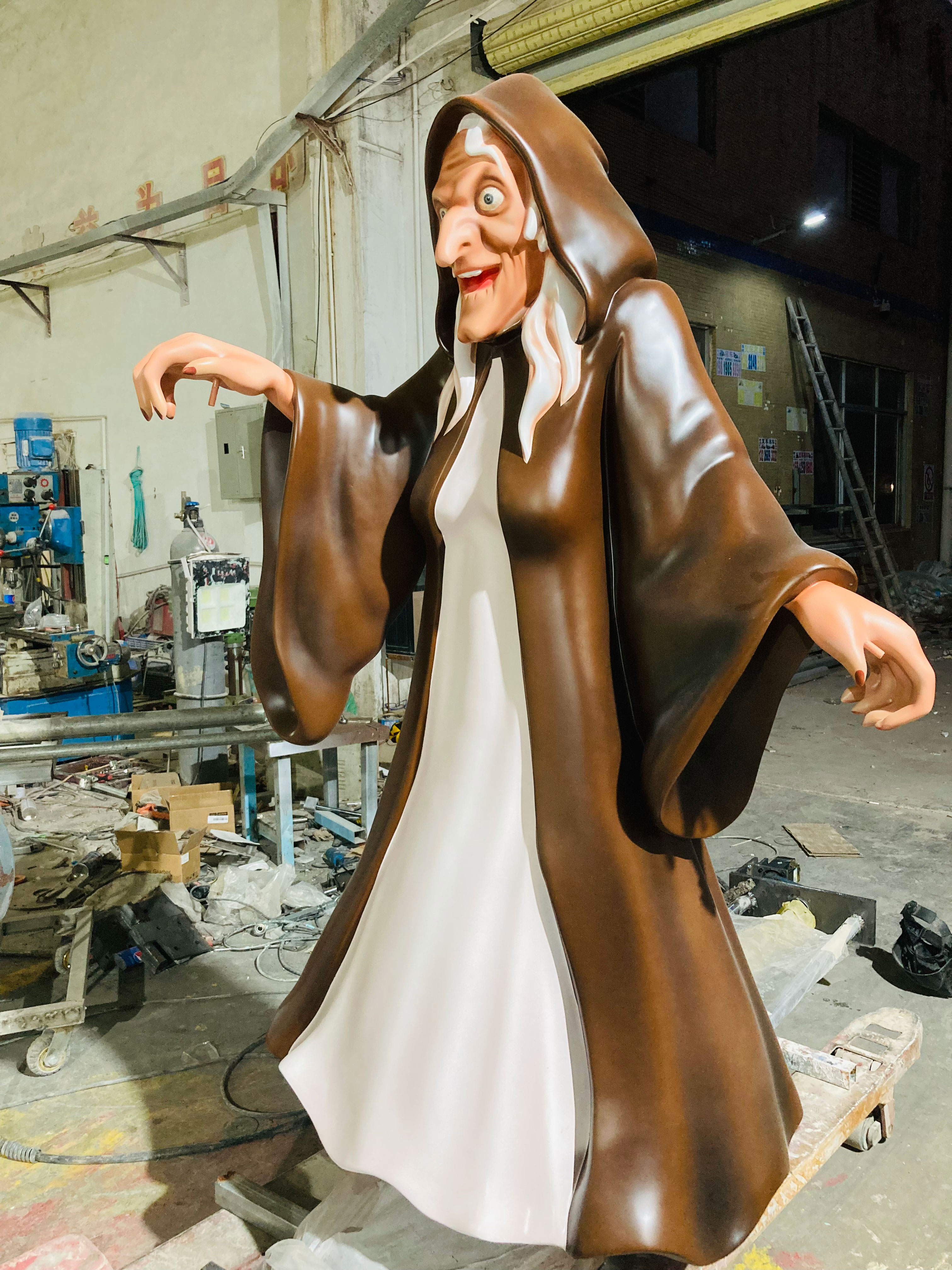
Interactive Art Redefining Urban Engagement
Public spaces are evolving into dynamic stages for collective creativity, driven by kinetic sculptures that respond to human interaction. Unlike traditional static art, these installations use motion sensors, wind patterns, or touch-activated mechanisms to create fluid dialogues between viewers and their environment. For example, a rotating steel structure might shift its form as pedestrians approach, inviting spontaneous collaboration.
"Interactive art dissolves the barrier between observer and creator—it turns bystanders into co-authors of the experience," notes public artist Lila Torres.
This shift aligns with growing demand for inclusive urban design. Cities like Melbourne and Seoul now integrate kinetic installations in parks and transit hubs, fostering shared ownership of communal spaces. A key challenge lies in balancing technical complexity with intuitive engagement—overly intricate systems risk alienating casual participants.
Kinetic sculpture designers often prioritize modular components, allowing communities to adapt structures for local events or seasonal themes. Such flexibility ensures longevity, as seen in Barcelona’s reconfigurable “Wind Canvas,” which has hosted poetry readings and climate protests since 2019.
Tip: When planning public installations, consider maintenance protocols early—kinetic parts exposed to weather require durable materials like marine-grade stainless steel or UV-resistant polymers.
By transforming passive observation into active participation, these artworks redefine how cities cultivate belonging. They challenge urban planners to view infrastructure not just as functional, but as a canvas for evolving human connection.
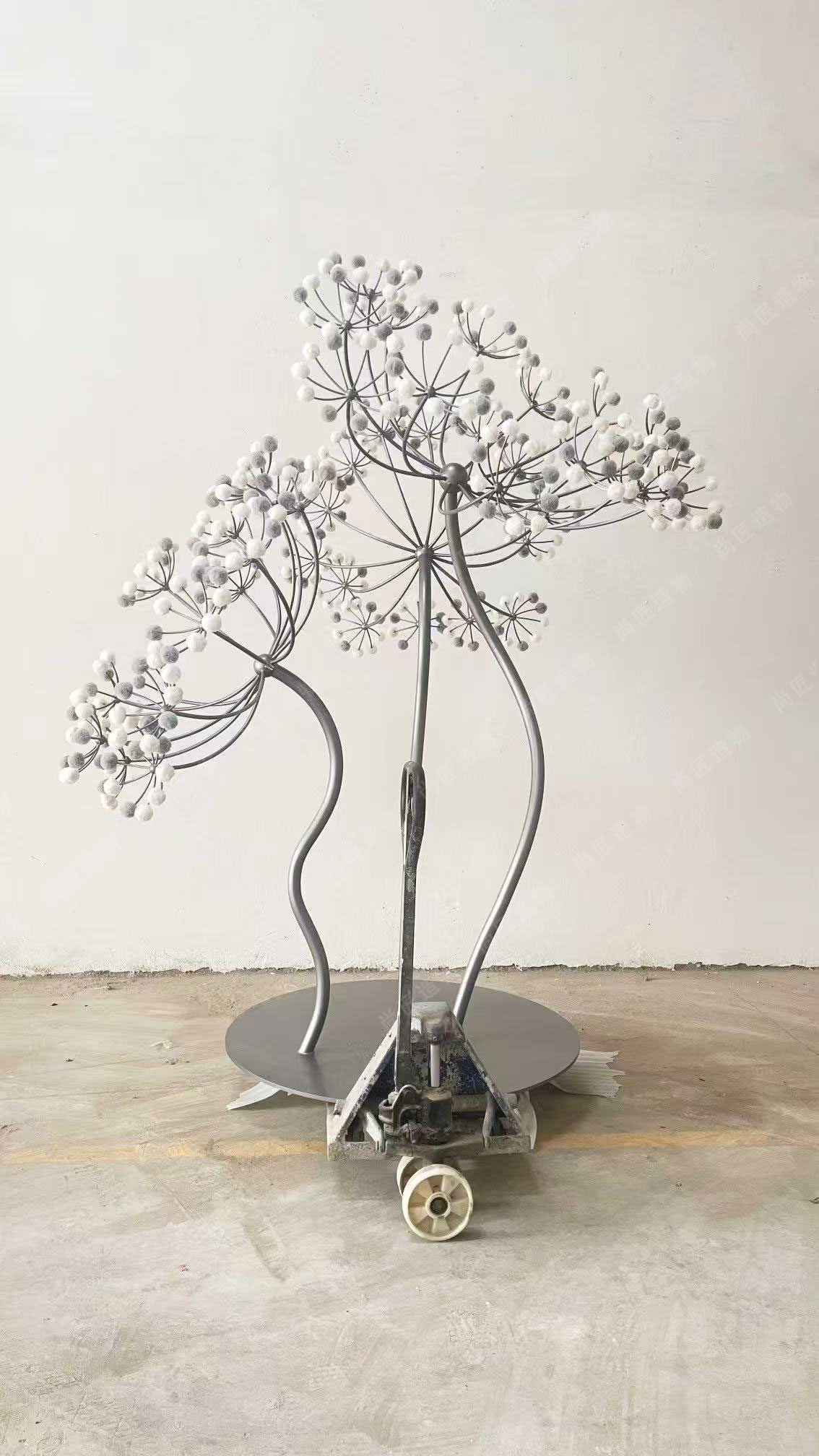
Democratizing Kinetic Installations for All
Kinetic art is shedding its reputation as an exclusive luxury by migrating from corporate lobbies into parks, transit hubs, and neighborhood plazas. This shift relies on scalable designs that prioritize durability and low maintenance—key factors for high-traffic public areas. For instance, modular systems allow components to be rearranged or replaced without specialized tools, reducing long-term costs. Interactive features like motion-responsive LED patterns or touch-activated rotations invite spontaneous participation, turning passive viewers into co-creators.
Affordability challenges are being addressed through open-source blueprints and community workshops, such as those hosted by IP character sculpture collectives. These initiatives teach locals to build kinetic elements using recycled materials, fostering ownership of public art. Solar-powered mechanisms further eliminate energy dependencies, ensuring installations remain active in underserved areas. By blending approachable engineering with crowd-sourced creativity, kinetic sculptures evolve from curated spectacles into shared civic assets—accessible not just physically, but conceptually.
The Science Behind Moving Sculptures
At the core of interactive kinetic sculptures lies a blend of mechanics, engineering, and materials science. These installations rely on principles such as balance, leverage, and fluid dynamics to achieve motion, often powered by wind, motors, or human interaction. Advanced sensors—like motion detectors or pressure plates—enable real-time responsiveness, turning static objects into dynamic participants. For example, actuators hidden within structural frameworks translate data inputs into physical movements, creating seamless transitions between stillness and motion.
Materials also play a critical role. Lightweight alloys, weather-resistant polymers, and flexible composites ensure durability in outdoor settings while allowing intricate designs. Engineers often collaborate with artists to optimize weight distribution, ensuring sculptures move smoothly without compromising structural integrity. Computational models simulate stress points and motion patterns before fabrication, reducing risks of mechanical failure.
Beyond mechanics, energy efficiency shapes these installations. Solar panels or kinetic energy harvesters are increasingly integrated, aligning artistic vision with sustainability goals. This fusion of science and art not only captivates viewers but also demonstrates how technology can make abstract concepts—like rhythm or harmony—visually tangible in shared spaces.
Diffusion Choir’s Legacy in Modern Art
The Diffusion Choir (2013), a kinetic installation in Boston’s Innovation and Design Building, remains a touchstone for interactive public art. Comprising 400 folding aluminum elements suspended in wave-like motion, this work demonstrated how mechanical systems could mimic organic behaviors—in this case, synchronized "breathing" patterns activated by sensors. While originally created for a corporate atrium, its influence extends far beyond private spaces. Artists and engineers have drawn inspiration from its blend of industrial materials and biomimetic design, adapting its principles to create installations responsive to environmental data like wind patterns or pedestrian movement.
Modern adaptations, such as Madrid’s Solar Canopy (2021) and Seoul’s Urban Pulse (2023), reinterpret this legacy by integrating solar-powered actuators or crowd-sourced audio inputs. These projects retain the Choir’s focus on collective interaction but prioritize accessibility, often using recycled materials or modular components. Importantly, they bridge art and urban infrastructure, proving kinetic sculptures can serve dual purposes—aesthetic engagement and functional shade structures, for instance. This evolution reflects a broader shift toward art that not only reacts to its environment but actively improves it, setting the stage for smaller-scale innovations discussed later.
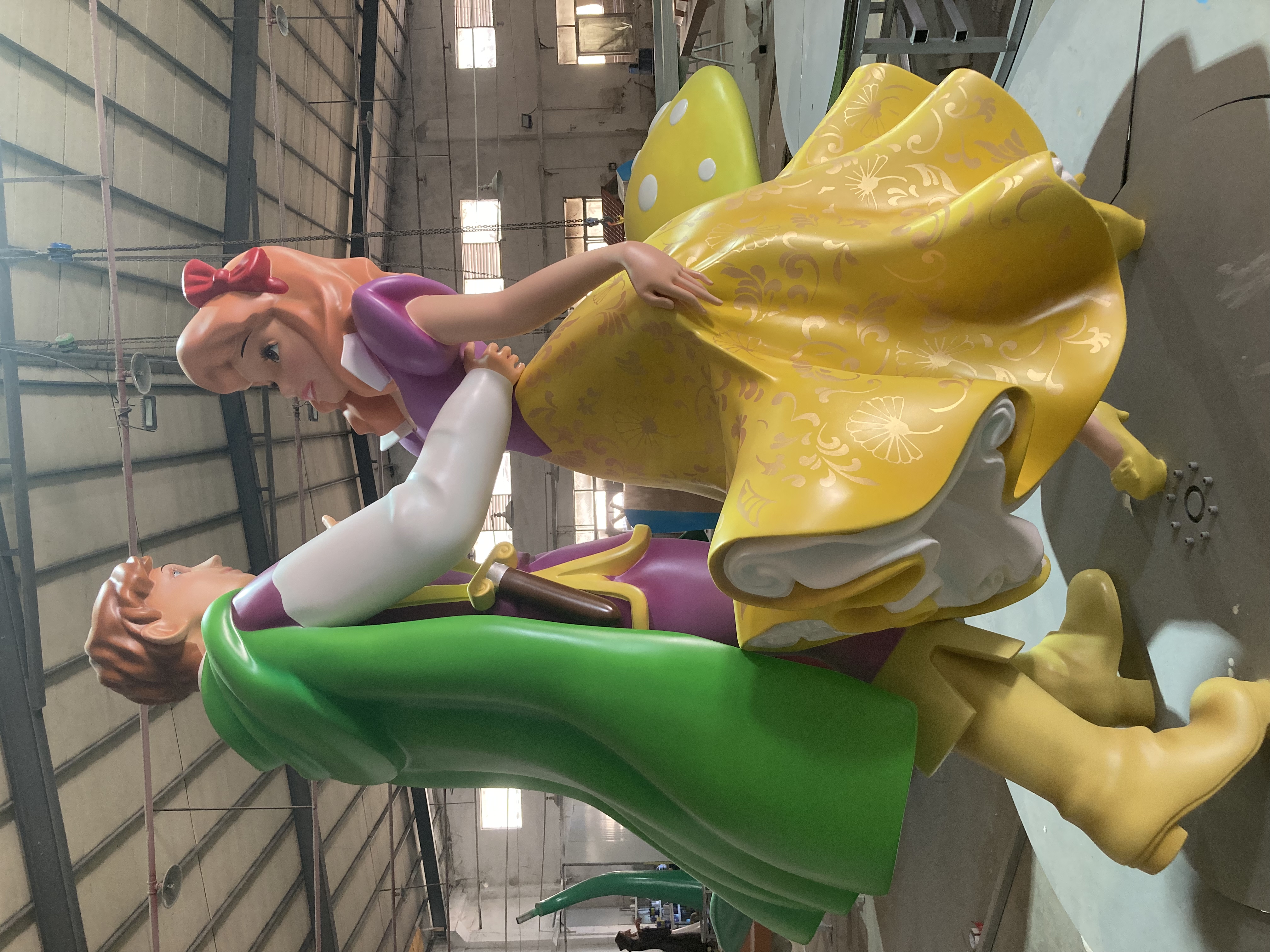
Small-Scale Kinetic Innovations for Public Spaces
While large kinetic installations like Boston’s Diffusion Choir capture attention, smaller-scale innovations are reshaping how communities interact with art daily. These compact designs prioritize accessibility, using lightweight materials such as aluminum alloys or recycled plastics to create motion-driven pieces that respond to wind, touch, or human movement. For example, rotating panels embedded with solar-powered sensors can shift patterns based on sunlight intensity, offering ever-changing visual experiences in parks or transit hubs.
By integrating low-cost technologies like Arduino microcontrollers or piezoelectric sensors, artists and engineers collaborate to develop installations that invite spontaneous interaction. A flick of the wrist might trigger cascading metal leaves, while footsteps could animate ground-level LED pathways. Such projects avoid the logistical challenges of massive sculptures, instead fitting seamlessly into sidewalks, playgrounds, or library courtyards. Crucially, these works prioritize durability and low maintenance—key for public spaces with limited budgets. Their modest scale also encourages intimacy, allowing individuals to engage directly rather than passively observe. This shift toward adaptable, community-focused designs reflects a broader effort to make kinetic art a practical tool for urban connection, not just an aesthetic spectacle.
Conclusion
As we have seen, interactive kinetic sculptures hold unique potential to reshape how communities interact with public art. By shifting focus from static monuments to dynamic installations, cities can foster deeper connections between residents and their surroundings. The transition from corporate-centric installations to accessible urban projects reflects a growing recognition that art should serve as a living dialogue, not a decorative afterthought. While large-scale works like Diffusion Choir demonstrate technical ambition, smaller innovations—responsive wind-driven forms or touch-activated pendulum systems—prove equally impactful in everyday spaces. This approach balances engineering precision with intuitive design, ensuring installations remain engaging without overwhelming viewers. Looking ahead, the challenge lies in maintaining this equilibrium: leveraging advanced mechanics while prioritizing human-scale interaction. When executed thoughtfully, kinetic art transcends spectacle, becoming a shared language that invites curiosity, sparks conversation, and redefines what public spaces can mean.
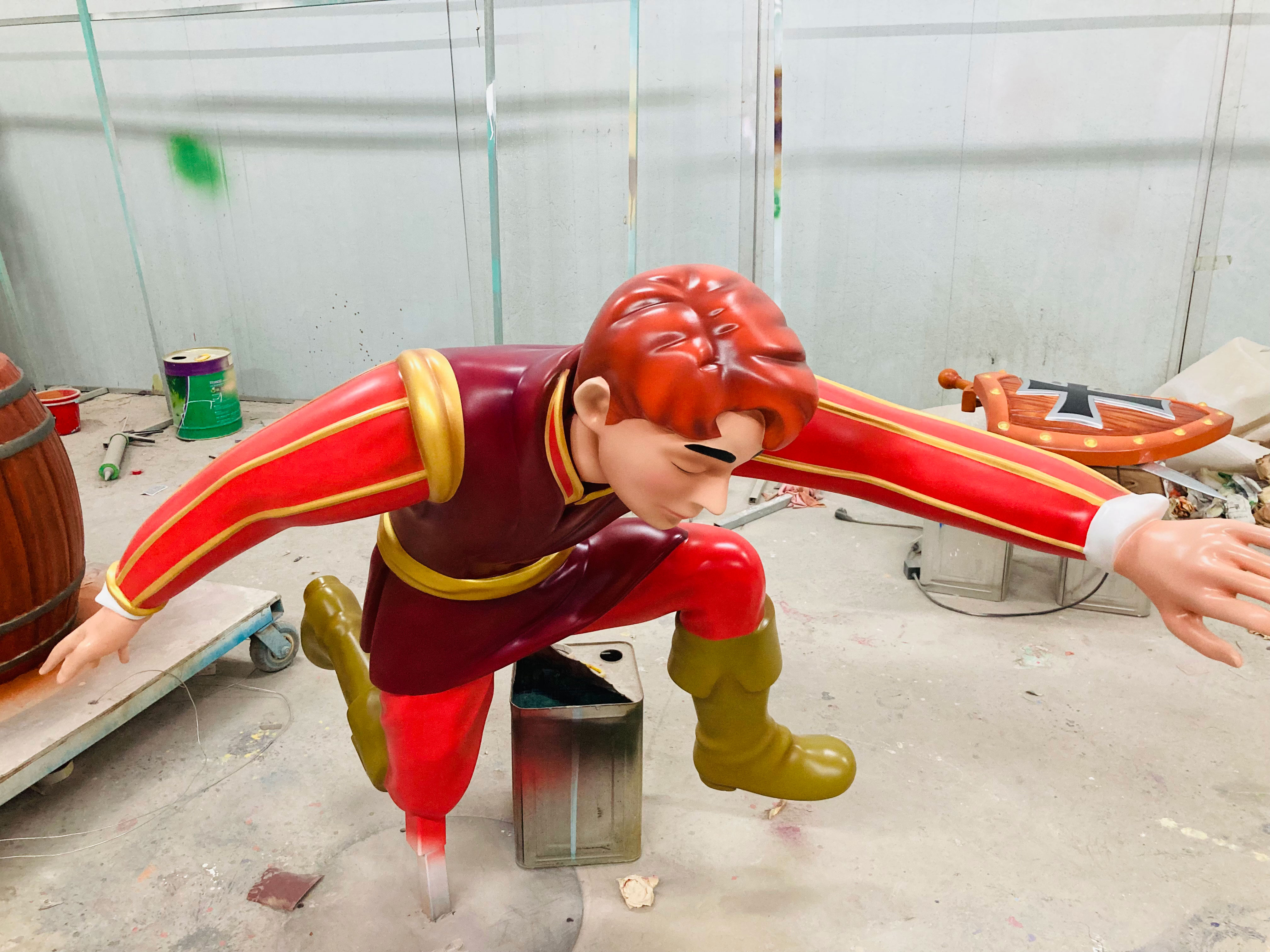
FAQs
What defines an interactive kinetic sculpture?
Interactive kinetic sculptures combine motion, technology, and viewer participation. Sensors, motors, or environmental triggers allow the artwork to respond dynamically to human presence or natural forces like wind.
How do these installations foster public engagement?
By inviting touch, movement, or sound, they break traditional art-viewing barriers. This tactile interaction creates shared experiences, encouraging dialogue and connection among diverse audiences.
Are kinetic sculptures durable in outdoor urban environments?
Engineers use weather-resistant materials like stainless steel, carbon fiber, or treated polymers. Modular designs simplify repairs, ensuring longevity despite heavy foot traffic or harsh climates.
What distinguishes public kinetic art from corporate installations?
Public works prioritize accessibility and community input. Unlike corporate pieces, which often serve branding, these sculptures integrate local history, ecology, or cultural narratives.
Can small-scale kinetic art impact large spaces?
Yes. Compact designs—like rotating wind-driven panels or sound-reactive benches—create focal points without overwhelming plazas. Their scale invites intimacy while contributing to broader urban aesthetics.
How does the "Diffusion Choir" inspire modern projects?
Boston’s iconic installation demonstrated how synchronized motion could mimic organic behavior. Current artists adapt its principles using lighter materials and open-source software to reduce costs.
Do these sculptures require specialized maintenance?
Most systems use off-the-shelf mechanical components for easy servicing. Communities often train local technicians, fostering ownership and reducing reliance on external experts.
Are there accessibility considerations for interactive art?
Designers incorporate audio feedback, braille labels, or wheelchair-height sensors. Prioritizing inclusivity ensures engagement across age groups and physical abilities.
 ch
ch English
English

